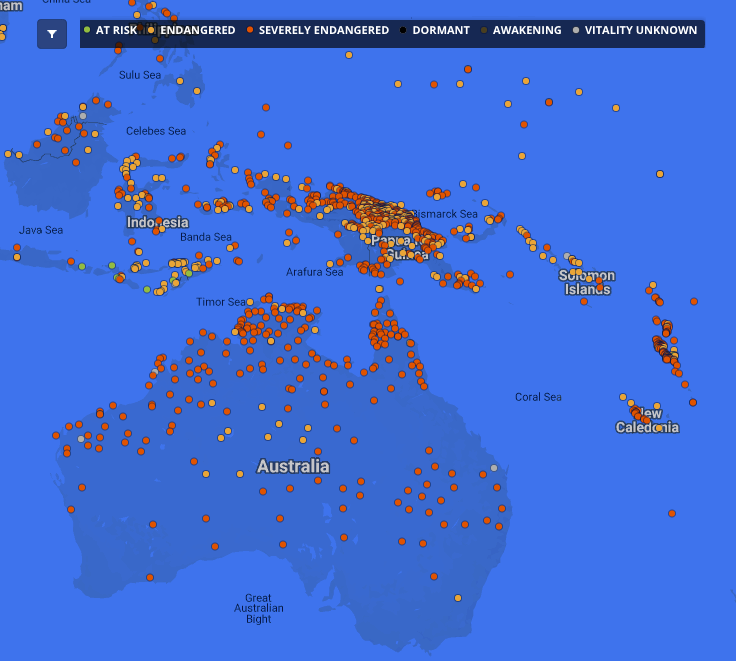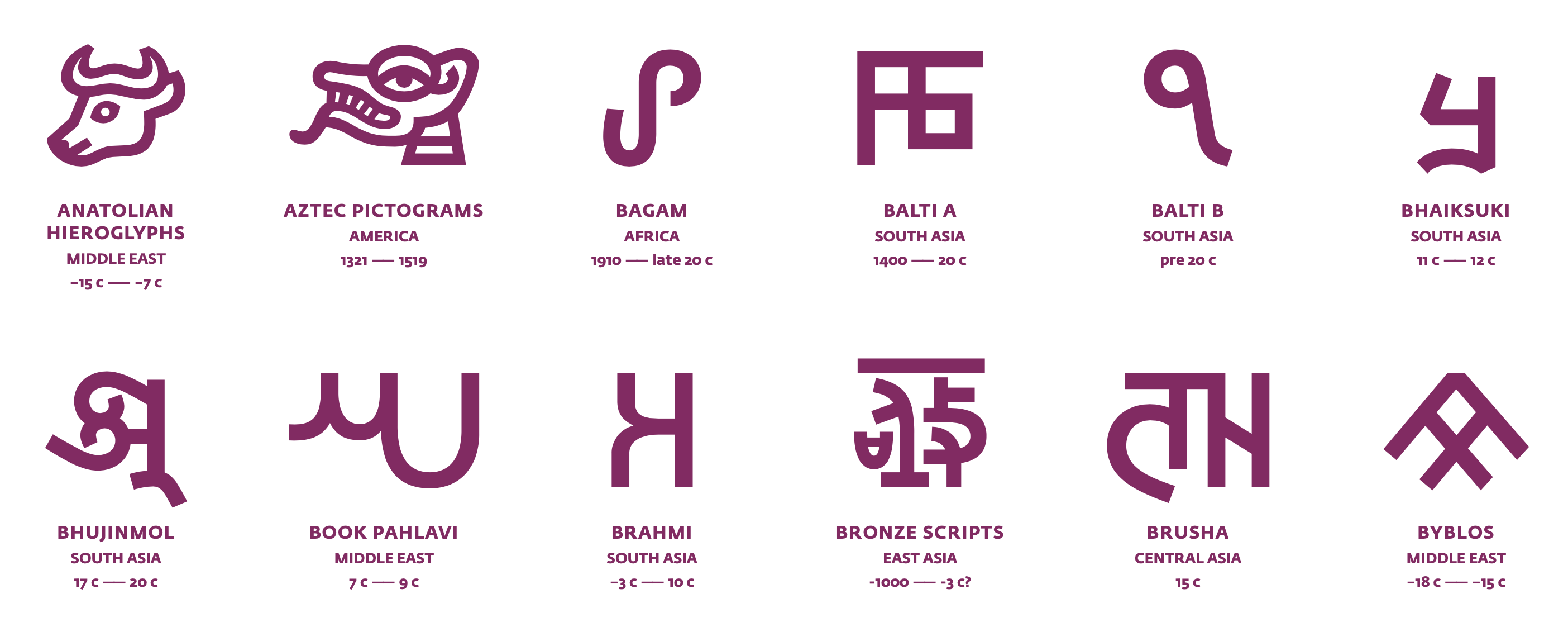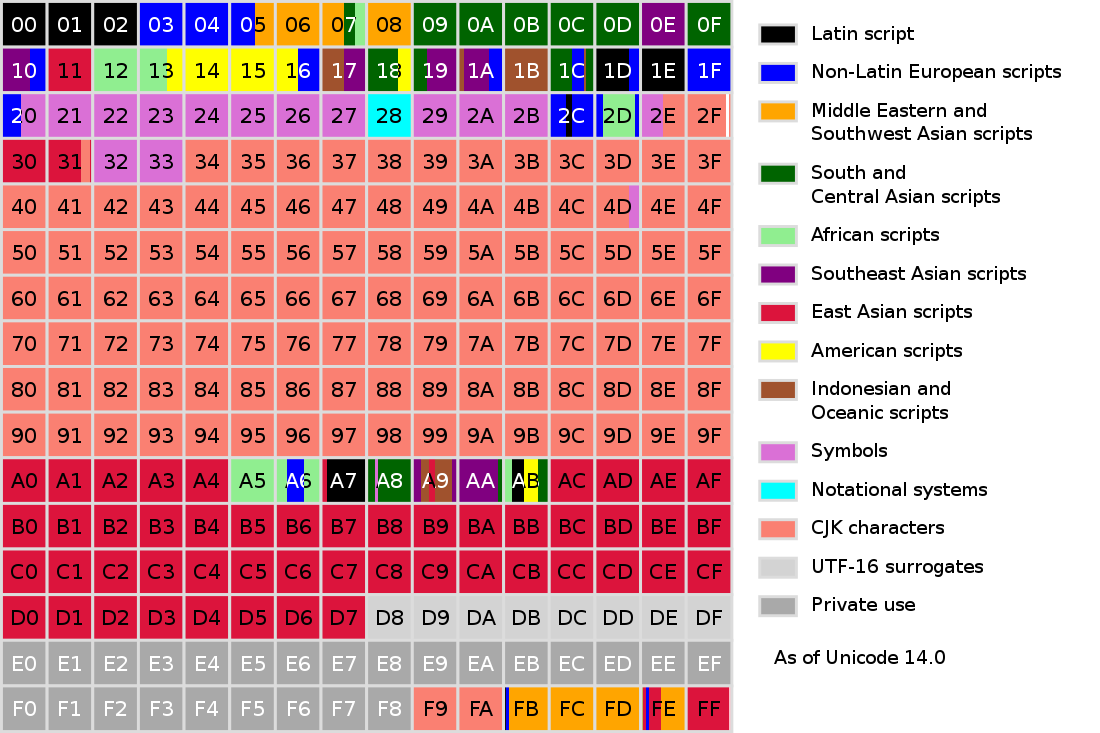404
Script Not Found
How Unicode forms the basis for digital communication by text
Text by Josephine Kähler
Being able to communicate, share knowledge or search for something on the internet via technical devices is vital in times of digitization … and it’s only attainable if scripts are available on the computer. Since it has become possible to enter text on technical devices, the problems of converting multiple languages into computer text have grown. At first, many new opportunities were created but because all computer companies created their own code it became difficult to communicate across different computers and languages. ↘ 1 The Unicode Consortium Overview. Video: www.youtube.com/watch?v=-n2nlPHEMG8.
Creating an international encoding standard
Technical progress demanded a uniform standard for consistent encoding, display, and handling of text across countries. When Unicode was invented in 1991, 24 writing systems ↘ 2 “A writing system is a set of graphic characters that, combined with each other, provide a visual representation of one or several human languages.” www.worldswritingsystems.org/faq.html were encoded into one coding system. In 2023, in version 14.0, we have 159 encoded writing systems – about 135 of all 294 known writing systems worldwide are still missing. And because there are many different languages combined in one writing system (such as Latin combines English, French, German, etc.) there are even more languages that are in danger of becoming extinct. ↘ 3 The World’s Writing Systems. FAQ:www.worldswritingsystems.org/faq.html. Scientists assume that 50% of the world’s languages won’t survive the next century, accompanied by the loss of the speaking communities’ values, cultural identity, and heritage sites. ↘ 4 Austin, Peter K.; Sallabank, Julia. „Introduction“. Cambridge Handbook of Endangered Languages. Cambridge University Press, 2011 This is why it’s important to try to prevent as many endangered languages as possible from becoming extinct.

© Catalogue of Endangered Languages, University of Hawaii at Manoa, 2023
Preserving knowledge and communication
Digitization preserves knowledge and enables intergenerational communication. Digital text is also very important for old, disabled, or visually handicapped people because computer programs or apps are now able to read text aloud. Users are also able to zoom in on a text. Furthermore, with digital text, it’s finally possible to copy and paste text, enabling documents to be transcribed instead of only distributing photos of documents that may be hard to read or reproducible. ↘ 5 Preserving endangered languages with Noto fonts. Article: blog.google/outreach-initiatives/accessibility/preserving-endangered-languages-noto-fonts/. That’s why it’s also important for dead languages to be encoded in Unicode, so they can be used for research. For these reasons, researchers from all over the world work today on the preservation of writing systems. The Missing Scripts Project ↘ 6 The Project. Website: www.worldswritingsystems.org/project.html for instance, aims to identify writing systems which are not yet encoded in the Unicode standard. ↘ 7 The Missing Scripts Project is a joint effort of Atelier National de Recherche Typographique (ANRT), the Institut Designlabor Gutenberg (IDG), the Script Encoding Initiative (SEI) and the Department of Linguistics

© Johannes Bergerhausen, (link: https://www.worldswritingsystems.org/imprint.htm. text: The World's Writing Systems), 2018–2022
But how can a writing system be included in Unicode? First of all, you have to make a request to the Unicode Consortium and prove that a living community is continuously using the language and the characters. When a new language is encoded in Unicode computer companies have to include it in their operating system, so we can use it on our technical device. But that’s ultimately only possible if there is a typeface for the writing system which isn’t always the case and some languages are inadequately designed or incomplete. ↘ 8 Decode unicode – the world’s writing systems. Video: youtu.be/IRdupNXpm8k. That’s why type designers have a huge responsibility when talking about the preservation of endangered languages.

© Drmccreedy, 2018
So, how did Unicode influence design since it was invented in 1991? Well, with Unicode it first became possible to communicate globally and across different computers in different languages and writing systems. It was the basis for many type designers to create new typefaces which is why we have a multitude of digital fonts today.¶